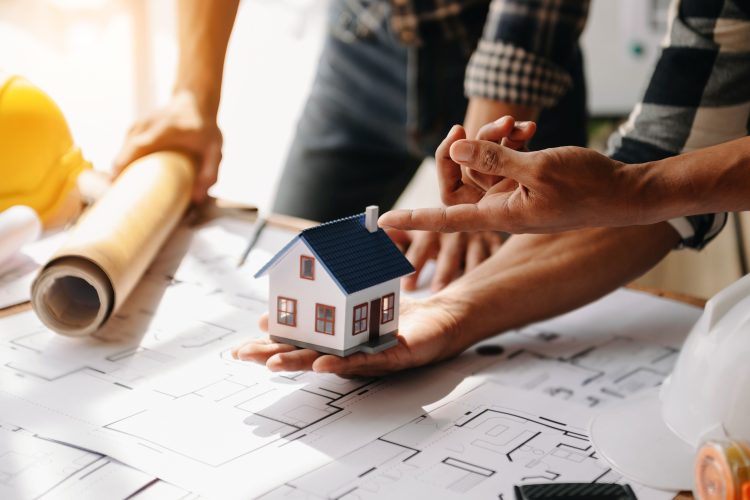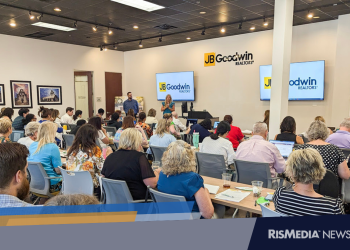The recent government shutdown—coupled with economic uncertainty due to tariffs and rising construction costs—has kept builder sentiment down this month, according to data from the National Association of Home Builders (NAHB).
The latest NAHB/Wells Fargo Housing Market Index (HMI) found that builder sentiment rose only one point to 38 in November, remaining in the negative territory (below 50) of the scale. This relatively flat reading follows what was a hopeful reading from October, where sentiment jumped five points.
NAHB Chief Economist Robert Dietz attributed the results to a “difficult sales environment” due to continued “demand-side weakness” from a “softening labor market and stretched consumer finances.”
The three indexes making up the HMI saw mixed results. The HMI index gauging current sales conditions increased two points to 41, while the index measuring future sales—which surpassed 50 for the first time in 10 months in October—fell three points to 51. The gauge charting traffic of prospective buyers increased one point to 26.
Looking at the three-month moving averages for regional HMI scores, the Northeast rose two points to 48, the Midwest fell one point to 41, the South increased three points to 34 and the West gained two points to 30.
NAHB Chairman Buddy Hughes echoed Dietz’s sentiment, noting that despite lower mortgage rates, “many buyers remain hesitant because of the recent record-long government shutdown and concerns over job security and inflation.”
“More builders are using incentives to get deals closed, including lowering prices, but many potential buyers still remain on the fence,” Hughes continued.
Looking at the data for builder incentives in November, the HMI showed that 41% of builders reported cutting prices—which, according to NAHB, is a record high post-Covid and the first time this measure has passed 40%. Meanwhile, the average price reduction was 6% in November, the same rate as the previous month. The use of sales incentives clocked in at 65% in November, tying the share in both September and October.
Looking ahead, Dietz noted that “after a decline for single-family housing starts in 2025, NAHB is forecasting a slight gain in 2026 as builders continue to report future sales conditions in marginally positive territory.”











